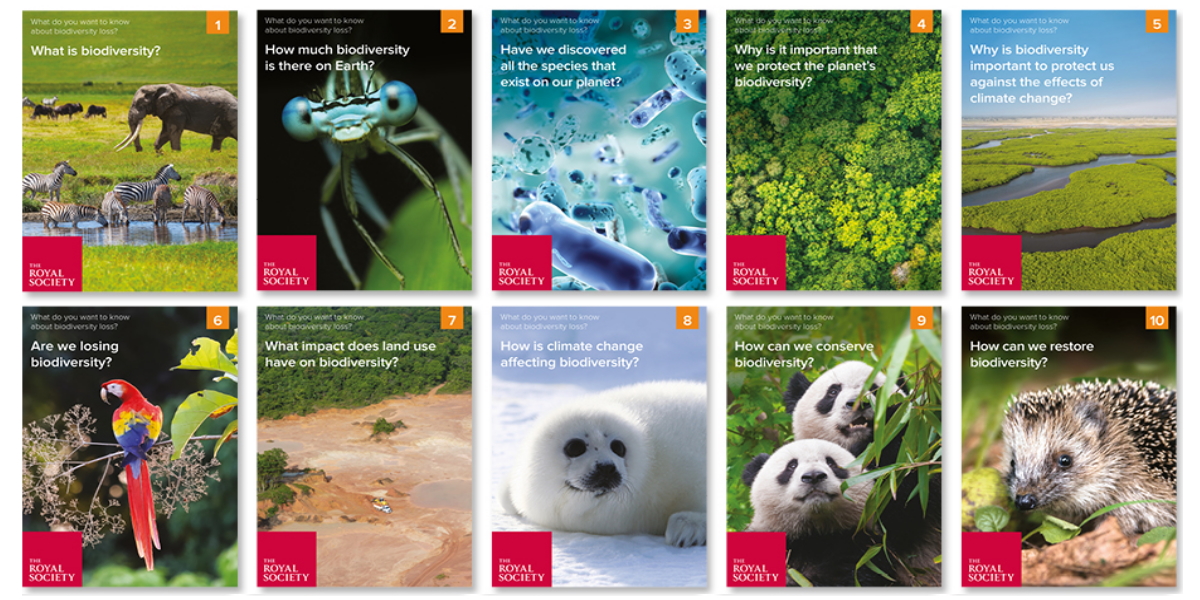Filters
Clear allSubject
- Careers (141) Apply Careers filter
- Climate Change (17) Apply Climate Change filter
- Computing (7) Apply Computing filter
- Creative arts and media (2) Apply Creative arts and media filter
- Cross curricular (44) Apply Cross curricular filter
- Design and technology (89) Apply Design and technology filter
- Engineering (37) Apply Engineering filter
- Food Preparation and Nutrition (38) Apply Food Preparation and Nutrition filter
- Mathematics (55) Apply Mathematics filter
- Psychology (11) Apply Psychology filter
- STEM Ambassadors (8) Apply STEM Ambassadors filter
- STEM Clubs (4) Apply STEM Clubs filter
Age range
Type
- Activity sheet (640) Apply Activity sheet filter
- Article (235) Apply Article filter
- Assessment (11) Apply Assessment filter
- Audio (54) Apply Audio filter
- Data set (5) Apply Data set filter
- Demonstration (4) Apply Demonstration filter
- Diagram (3) Apply Diagram filter
- Experiment (136) Apply Experiment filter
- Game (32) Apply Game filter
- Group work (37) Apply Group work filter
- Image (58) Apply Image filter
- Information sheet (196) Apply Information sheet filter
- Interactive resource (56) Apply Interactive resource filter
- Lecture (2) Apply Lecture filter
- Open-ended task (11) Apply Open-ended task filter
- Poster (30) Apply Poster filter
- Presentation (208) Apply Presentation filter
- Quiz (27) Apply Quiz filter
- Research (75) Apply Research filter
- Self assessment (2) Apply Self assessment filter
- Simulation (3) Apply Simulation filter
- Teacher guidance (840) Apply Teacher guidance filter
- Textbook (135) Apply Textbook filter
- Video (215) Apply Video filter
- Include Physical Resources (26301) Apply Include Physical Resources filter
Showing 2019 results
This animation explains the influence that genes have on our everyday lives, from the colour of your eyes to the way your body works, grows and develops. The resources include: * An animation which explains how we are made of cells, where our genes can be found, what genes do and how this leads to variation between...
This Catalyst article explains the use of stem cells to treat medical problems, and outlines new possibilities for the use of adult stem cells in treatment.
Currently, stem cells used for treatment are embryonic stem cells, since they have the ability to form any cell type in the body. The example of the use...
This topic, from the Association for Science Education (ASE), focuses on nutrition and looks at links between diet and health. Students are able to reflect on the nutritional and social values of different diets and then exchange information about their findings. As they work though the topic the students make a...
Work done in this Nuffield 13 - 16 module followed from the unit called ‘Food and digestion’. This B unit provided enough material for six double periods in the third year of secondary school (year nine). The teachers’ guide included four worksheets to supplement the...
From the Science and Technology Facilities Council (STFC), this resource describes the new and exciting subject that brings together many different branches of science. Astrobiology is the study of how life formed and developed on the Earth, the conditions that made this possible and whether these conditions can...
This Catalyst article looks at Biochemistry, the study of chemical reactions in living things, exploring how it differs from other biological subjects and how examples can be found in everyday life.
This article is from Catalyst: Secondary Science Review 2011, Volume 22, Issue 2.
...
This student sheet invites students to consider lignification in detail. Students take thin sections from successive internodes of the shoot and calculate the lignification index of each section. These can then be compared with sections from other parts of the plants to consider where lignin is deposited in other...
Produced by Science & Plants for Schools (SAPS), this activity enables students to:
• develop knowledge and understanding of structural defence mechanisms in plants
• develop problem solving skills
• demonstrate the processing of information and use of calculations
The...

These evidence-based, question and answer style classroom resources can be used to engage students of all ages...
These classroom resources from the Royal Society, based on the latest evidence available to scientists, can be used to engage students in the climate debate and to explore and understand topics relating to climate change. Further resources and extension tasks linked to these activities from the Royal Society are...

These evidence-based, question and answer style classroom resources can be used to engage students in the climate...
This three-minute video provided by Liverpool University highlights aspects of...
